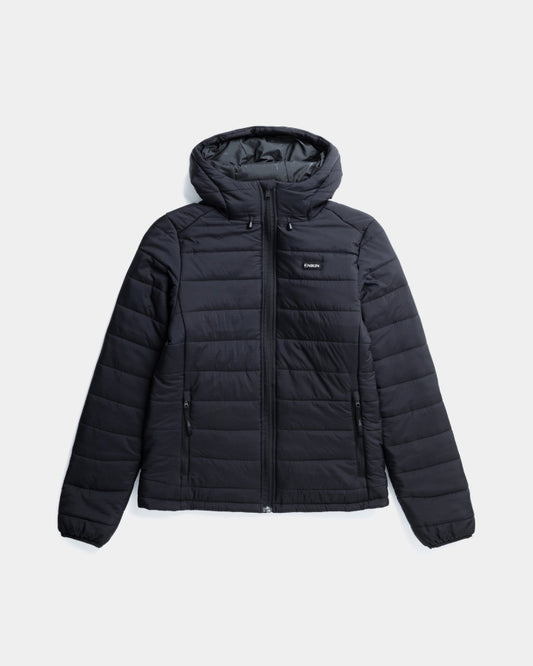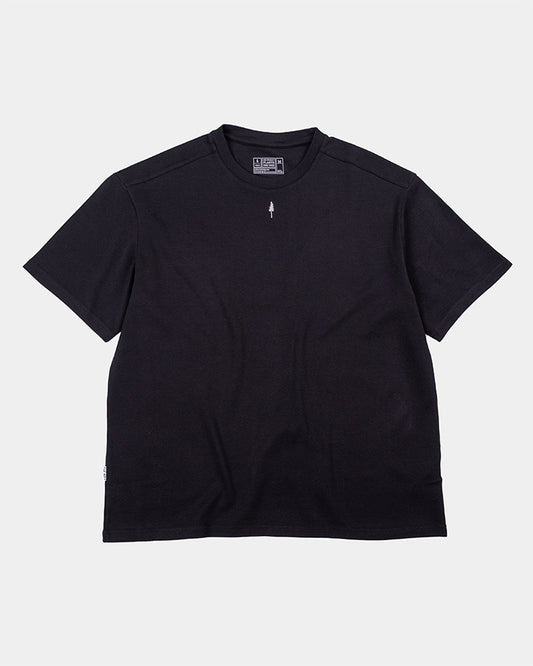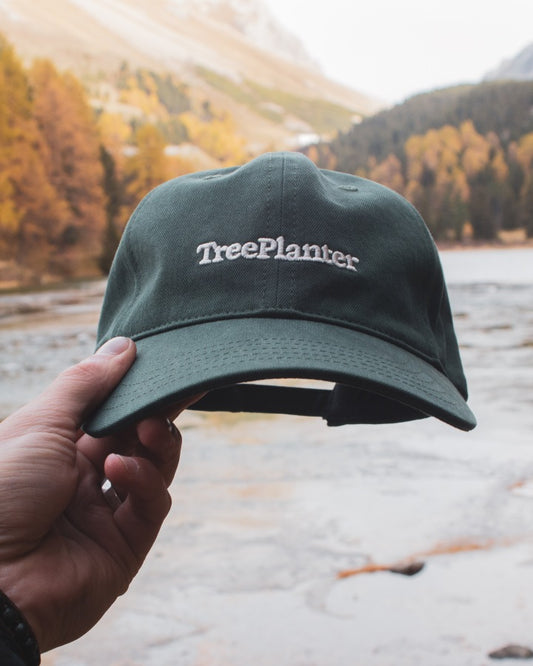The home is always particularly beautiful when everything is freshly cleaned, isn't it? A clean home doesn't have to clash with your green principles. With a few little tricks and a bit of hard work, you can have both.
In this blog, we look at practical and straightforward ways to make your home shine and protect the environment at the same time. Let's get started right away.
Chemical cleaning agents from the store
If you walk through a store, you will find countless cleaning agents that promise quick results and bacteria-killing effects. If you take a closer look at the label, you'll also find a range of ingredients such as phosphorus, chlorine, nitrogen and ammonia. Many of these are known as volatile organic compounds (VOCs), and the United Nations refers to VOCs as air pollutants. Cleaning products are often flushed down drains and can enter the water cycle, harm wildlife and take years to break down. One of the effects of even the smallest amounts of chemicals entering lakes and rivers is that phosphates build up over time. These act like artificial fertilizers and cause algae to grow faster, which is a serious problem for aquatic life and is known as eutrophication.

A return to grandma's cleaning products
There are other ways to make your home shine and sparkle without conventional products. When it comes to eco-cleaning, Grandma really knew best. A century ago, store-bought chemical cleaners were a rarity. Instead, people relied on tried and tested homemade cleaning products that got the job done without harming the environment. Made from natural ingredients such as lemon juice, vinegar and baking soda, some cleaning products were even safe enough to consume! Using old newspaper, recycled textiles and repurposed jars and containers were Grandma's way of maintaining a sparkling clean home at minimal environmental and financial cost. Let's see what tricks and techniques we can learn from Grandma!

- Vinegar: Your eco-clean secret for countless green hacks
White vinegar is a cheap all-purpose product for a clean, green home. The acidity of the vinegar removes grease, rust and limescale and has disinfectant properties. Try a splash of distilled white vinegar around the rim of the toilet and leave it overnight to tackle limescale. For kitchen cleaning, you can apply a few drops of white vinegar directly to the glass splashback or tiles to remove cooking grime. Polish with a crumpled up ball of newspaper or an old T-shirt cut up into a cleaning cloth. Make a simple cleaning spray with 3 parts water and 1 part distilled vinegar to spray and sanitize surfaces. You can also add lemon juice to enhance the degreasing effect of the acid. In this case, use an old spray bottle and label it so you know the contents. Make small quantities so you can make your spray fresh every time. White vinegar is also a fantastic detergent additive that can soften fabrics, brighten whites and also keep your washing machine clean and odor-free. Add up to ½ cup of white vinegar to your final rinse. For a monthly washing machine clean, you can add 4 cups of vinegar to the machine while running an empty load.

- Cleaning with baking soda
Baking soda can be used as a cleaning agent, but is usually stored in the cupboard and is a staple in the kitchen. Bicarbonate dissolves mineral deposits and grease, has a disinfectant effect and neutralizes unpleasant odours. Try sprinkling a cup of bicarbonate of soda down the drain once a week using a funnel. Ideally, leave it to work overnight. In the morning, add 1 cup of distilled white vinegar to make the drain fizz. Once the reaction has subsided, pour boiling water down the drain to remove the loosened sludge.
Baking soda and vinegar are also team players when it comes to oven cleaning. Make a paste from equal parts baking soda and water. Spread it on the inside of your oven and leave it on overnight. Wipe it off with water in the morning and then use vinegar to give it a final polish. Bicarbonate can also be used in the fridge to combat unpleasant odors - leave an open container with a quantity of bicarbonate on the shelf of your fridge. The powder absorbs odors and will likely remain effective for up to 3 months. You can even use it to combat the stench of sweaty sneakers: Sprinkle it inside the shoe and leave it overnight before dumping it out in the morning.

- Castille soap: a vegan cleansing hero
Castille soap comes from the Castile region of Spain and is made from vegetable oils such as olive or coconut oil and caustic soda. The soap is completely biodegradable and can be used for a variety of cleaning tasks. You can use Castille soap as a detergent for washing dishes or laundry. Add 1/4 cup to a bucket of hot water to mop floors. You can even use Castille soap as a body wash and pet shampoo. This multi-purpose function means you don't have to buy dozens of different products for different tasks.

Green cleaning doesn't have to be a chore. There are plenty of hacks and tips online to help you discover more eco ideas to keep your home spotless and fresh. With a clear conscience and a sparkling home, you can take the next step towards green clean.
This article was written by guest author Jade Piper.




















